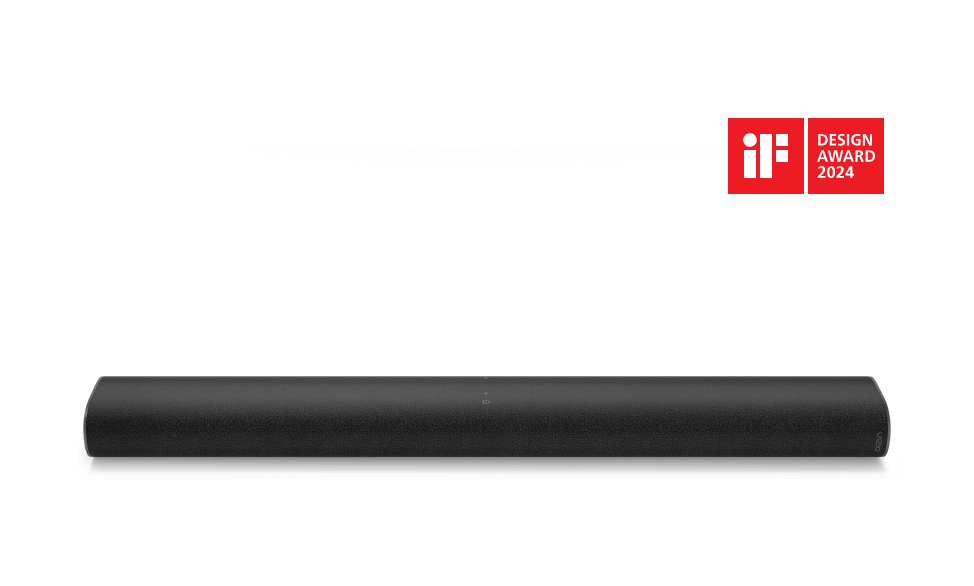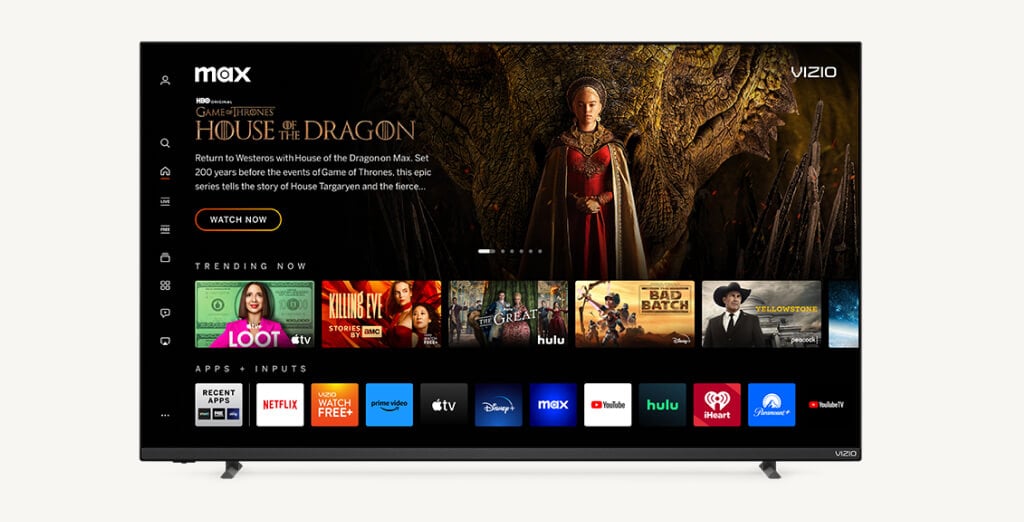New California Rules to Make TVs Greener
The Wall Street Journal
By: Rebecca Smith
November 20, 2009
California created the nation's first energy-efficiency standard for television sets, arguing that it needed to act because federal energy officials have been slow to confront the issue.
Under the standard adopted Wednesday by the California Energy Commission, no TV with a screen size less than 58 inches may be sold in the state after 2011 unless it meets limits on energy consumption. The standard tightens further in 2013. (Larger screens were left for future examination.)
Sets sold in California under the standard would consume 33% less electricity in 2011 and 49% less in 2013 than the average set sold today, according to the commission. The standard replaces a rule that only considered energy use when sets were in standby mode.
The move is the latest example of California's campaign to reduce energy waste and cut emissions from power plants. Once it takes effect, the rule is expected to save California consumers $1 billion a year in electricity costs and cut energy use by an amount equivalent to the output of one large power plant, according the commission.
It also could prompt Federal Trade Commission officials to consider similar national rules. In the past, standards set in California on issues from automobile exhaust to appliance efficiency have influenced products sold in other states, because it is easier for manufacturers to make everything to a common set of standards.
The California standard, which takes aim at energy-hogging liquid-crystal-display and plasma sets, was motivated by a finding that TVs now account for as much as 10% of home electricity use -- equivalent to the electricity used by refrigerators.
Before the commission's unanimous vote, member Art Rosenfeld, who has advocated for efficiency standards for three decades, said "it looks like a very good deal for society." He added that the agency wanted to counteract a trend of unrestrained growth in energy demand as TV sets gradually have morphed into home-entertainment centers.
The Consumer Electronics Association, a trade group, opposed the standard, saying that the FTC already is poised to act in the next couple of years and that manufacturers are working to make sets more energy efficient anyway.
"It's unnecessary," said Doug Johnson, a government-policy specialist for the CEA. He added that "a mandatory limit would stifle competition and harm consumers."
Vizio Inc., based in Irvine, Calif., was the only television maker to publicly endorse the rule.
About 30 million TV sets are sold each year nationally; between four million and five million are sold in California. Old-fashioned sets with cathode-ray tubes use about 100 watts of power when turned on. Newer -- and typically bigger -- plasma sets often use four times as much electricity, the commission found. Many continue to consume energy even when they are off.
Commission staff said there will be no added cost to consumers because more than 1,000 products manufactured by dozens of makers already meet the 2011 standard.

































